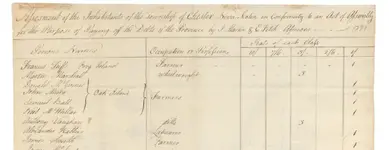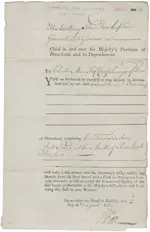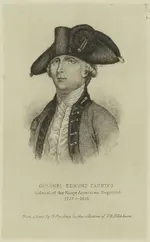gazzahk
Bronze Member
- Joined
- Nov 14, 2015
- Messages
- 1,720
- Reaction score
- 2,584
- Golden Thread
- 0
- Primary Interest:
- All Treasure Hunting
- #1
Thread Owner
For those interested in reading the original documents from the oldest reports of Oak Island Money Pit this is an excellent collection..
https://www.oakislandcompendium.ca/...ak_island_docs_compiled_by_les_m_may_2014.pdf
It is nice to see how stuff was actually reported back at the time and not just what people have said hundreds of years later...
Enjoy...
https://www.oakislandcompendium.ca/...ak_island_docs_compiled_by_les_m_may_2014.pdf
It is nice to see how stuff was actually reported back at the time and not just what people have said hundreds of years later...
Enjoy...






